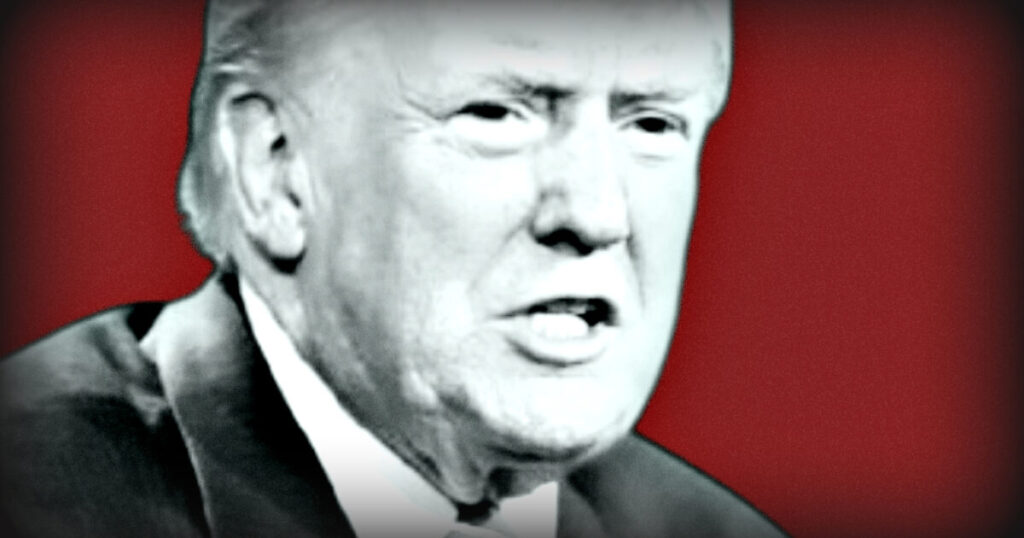In the increasingly complex landscape of international relations and economics, President-Elect Donald J. Trump has resurfaced with a strikingly assertive stance towards BRICS countries: Brazil, Russia, India, China, South Africa, as well as Iran, Egypt, Ethiopia, and the United Arab Emirates. The backdrop to this aggressive posturing is the so-called ‘multipolarity’ initiative, which has seen a resurgence particularly during the Biden Administration. Critics argue that a perceived lack of leadership has enabled other nations to explore alternatives to American economic hegemony. As Trump takes to social media to articulate his policy initiatives, his demands are clear: BRICS member states must refrain from creating or supporting any currency that could rival or replace the U.S. dollar.
Trump’s recent posts make it abundantly clear that the U.S. is no longer willing to maintain a passive approach—that is, “standing by” while other nations toy with the idea of alternative currencies. He explicitly states that any deviation from the dollar could result in harsh consequences, including the imposition of 100% tariffs on goods from those countries. This extraordinarily blunt strategy underscores the often blunt tactics of Trump’s diplomacy, wherein threats and aggressive posturing are utilized as primary tools for negotiation. His insistence that BRICS nations must provide a “commitment” against developing a competing currency hints at a deeper strategy aimed at maintaining the dollar’s supremacy, while simultaneously responding to anxieties about American economic decline.
In his statements, Trump suggests that the notion of BRICS severing ties with the dollar is no longer just idle speculation; rather, it’s an immediate concern that demands direct action. The real crux of his message hinges on the power dynamics of global trade and the U.S. market’s accessibility, which he positions as essential for the economic survival of these countries. Despite the existing challenges and volatility in global markets that might erode the dollar’s value, Trump essentially frames the U.S. as a ‘superior’ trading partner, warning that these countries might be better off depending on alternatives rather than risking their lucrative ties with America.
What stands out in Trump’s rhetoric is the incorporation of his previous administration’s key themes, especially the notion of being taken advantage of by international partners. He uses the phrase “find another ‘sucker!’” to reinforce the idea that previous U.S. policies, particularly those associated with the Democratic Party, have allowed other nations to benefit disproportionately from trade deals. Through this lens, the current rhetoric isn’t merely economic; it’s also wrapped up in a larger narrative about American strength versus perceived weakness. His comments, therefore, not only serve as a warning to BRICS nations but also aim to rally domestic support by portraying the administration’s tough stance as a corrective measure against past mistakes.
Nevertheless, there is a duality in Trump’s message that cannot be overlooked. While he boldly proclaims that there’s “no chance” that BRICS nations will replace the dollar in international trade, he simultaneously acknowledges the rising concerns over the dollar’s diminishing buying power. This assertion leads us into a contentious territory, wherein the realization that the dollar has been subject to rampant inflation and printing presents a significant risk to America’s economic position. His bet on the dollar’s strength, against a backdrop of concerns regarding its actual value and sustainability, raises complex questions about future economic policies.
In conclusion, President-Elect Trump’s stance on BRICS countries essentially crystallizes a broader narrative about national and economic resilience. The urgency infused in his messages serves not just to warn international actors but also to galvanize support domestically, positioning the U.S. as an enduring powerhouse in a rapidly shifting global economic landscape. His bold threats and insistence on maintaining the dollar’s prominence signal a pioneering, albeit contentious, path forward for U.S. foreign policy that seeks to navigate the intricacies of global economic relations, while standing firm against any perceived challenges to the dollar’s supremacy. The stakes are high, and as Trump steps back into the political arena, the balance of global trade and economic alliances hangs in the balance.

